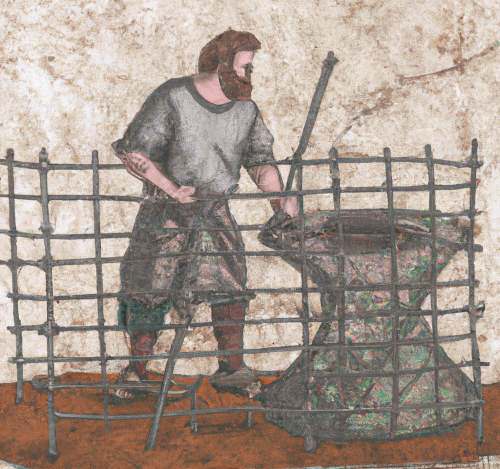Blacksmithing in the Middle Ages, particularly in France and England, played a vital role in shaping the medieval world. Blacksmiths were highly skilled craftsmen who forged essential tools, weapons, and other items needed for daily life. Their techniques and methods were essential for the development of medieval society.
In medieval France and England, blacksmiths primarily worked with iron, which was readily available and essential for constructing everything from plows and horseshoes to armor and weaponry. They used a combination of traditional techniques, such as heating the iron in a forge until it was malleable and then shaping it with hammers and anvils. This process required a great deal of physical strength and precision, and it was often a closely guarded family trade, passed down through generations.
One of the most significant innovations in medieval blacksmithing was the development of water-powered hammers and bellows. These machines increased the efficiency of the forging process, allowing blacksmiths to produce larger quantities of ironwork and more intricate designs. This technological advancement played a crucial role in the growth of medieval towns and cities, as it facilitated the production of goods for trade and commerce.
Additionally, medieval blacksmiths were skilled in the art of tempering, a process that involved heating and cooling the metal to increase its hardness and durability. This technique was especially important for producing high-quality weapons and armor, as it made them more effective in battle and increased their longevity.
